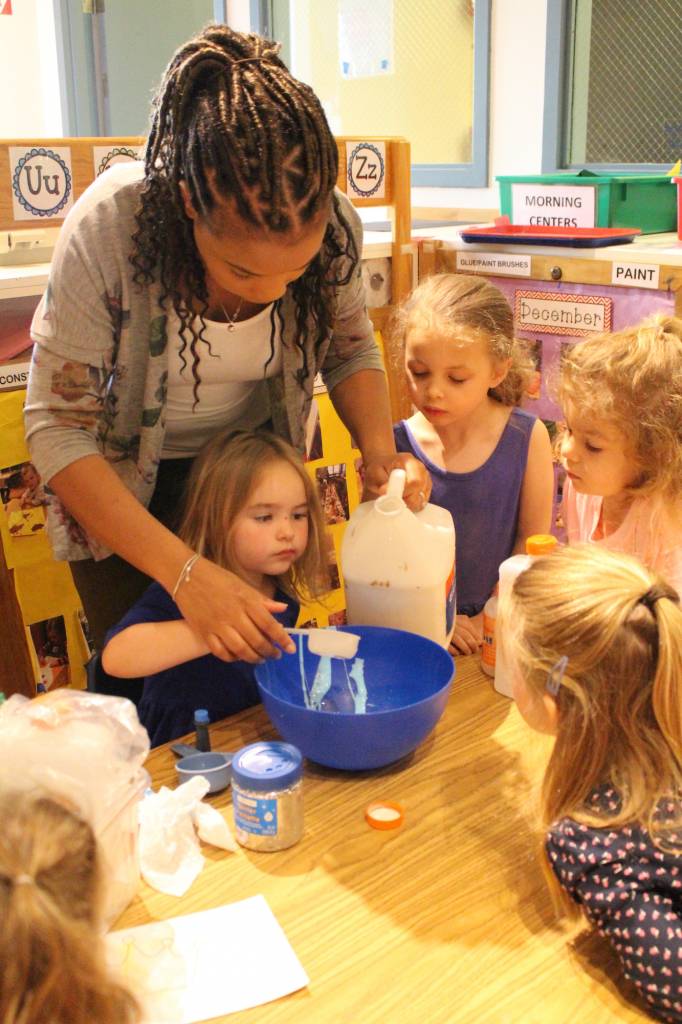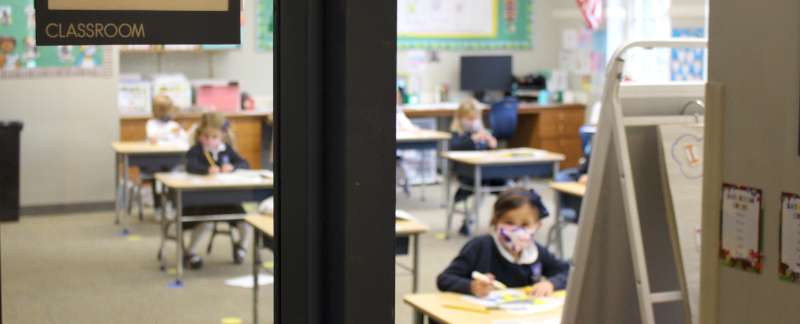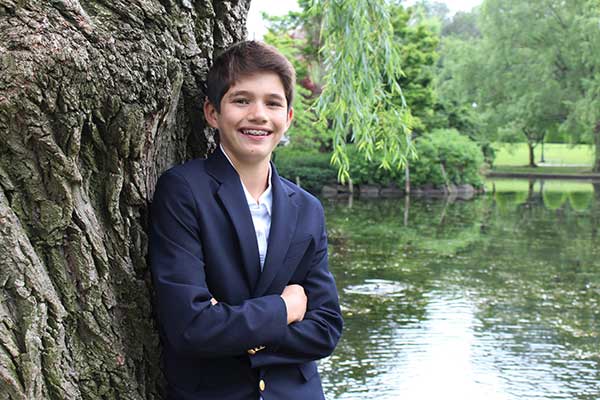Each year, I have the pleasure of briefly describing the Preschool curriculum with our prospective parents. Our preschool is unique from other preschools that I have observed, because it is based on the Core Knowledge philosophy of integrating various goals and objective within the content area.
 At a young age, students are exposed to a wide variety of in-depth and worthwhile content on many different topics, themes and subjects, creating a content-rich environment. This exposure and activities they are engaged in are very age appropriate and spark the young child’s curiosity and sense of wonder, while at the same time practicing skills and learning objectives from a variety of subjects and themes.
At a young age, students are exposed to a wide variety of in-depth and worthwhile content on many different topics, themes and subjects, creating a content-rich environment. This exposure and activities they are engaged in are very age appropriate and spark the young child’s curiosity and sense of wonder, while at the same time practicing skills and learning objectives from a variety of subjects and themes.
Including academic or developmental skills while teaching content incorporates an integrated approach. Each year, students are exposed to more complex ideas and practice more advanced skills, which build upon the foundation of knowledge acquired during the previous year, thus the spiraling approach to learning new things.
The best way to share about our curriculum is to provide examples of its components and apply it to a theme. In Toddler/Transition, the students learn about the forest and all the animals that live in it by engaging in a variety of centers and activities that promote their growth in content and skills. For example, they may count bears during center time, paint with forest pine branches in an art project or listen to The Three Little Bears.
In Preschool, the teacher will build upon this topic. They will provide students opportunities to make connections to what they have previously learned to new topics. Students learn that all bears are not brown! Polar bears are white. The will learn about polar bears, their habitat and engage in a variety of academic and exploratory activities that introduce the Artic and how it differs from the forest near where they live. In Pre-Kindergarten, children learn about habitats around the world. During their study of the Artic, they will expand about their knowledge of the Artic when learning about the properties of solids, liquids and gas as it applies to this icy region. As students compare Artic animals to animals in other habitats, they learn how animals adapt to their environment.
Content, shared over time, added upon and enhanced in art, gym, by reading and with math gives our students hooks to then add even more content and confidence in learning!
– Reneé Proulx, Director of Park Street School Preschool, Fall, 2017




